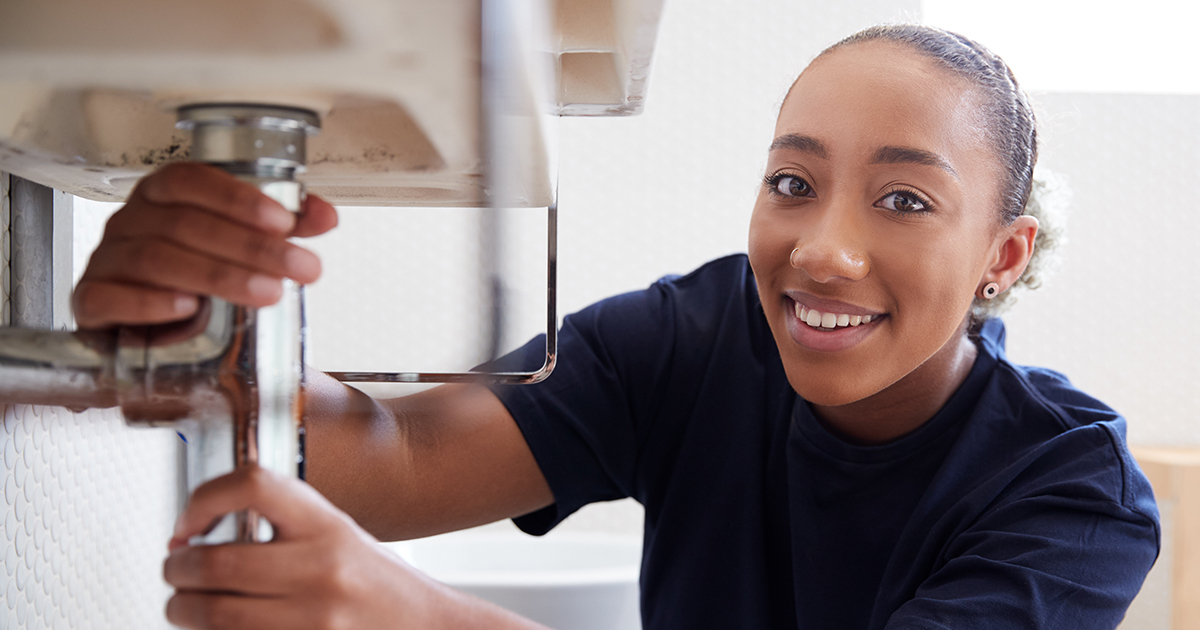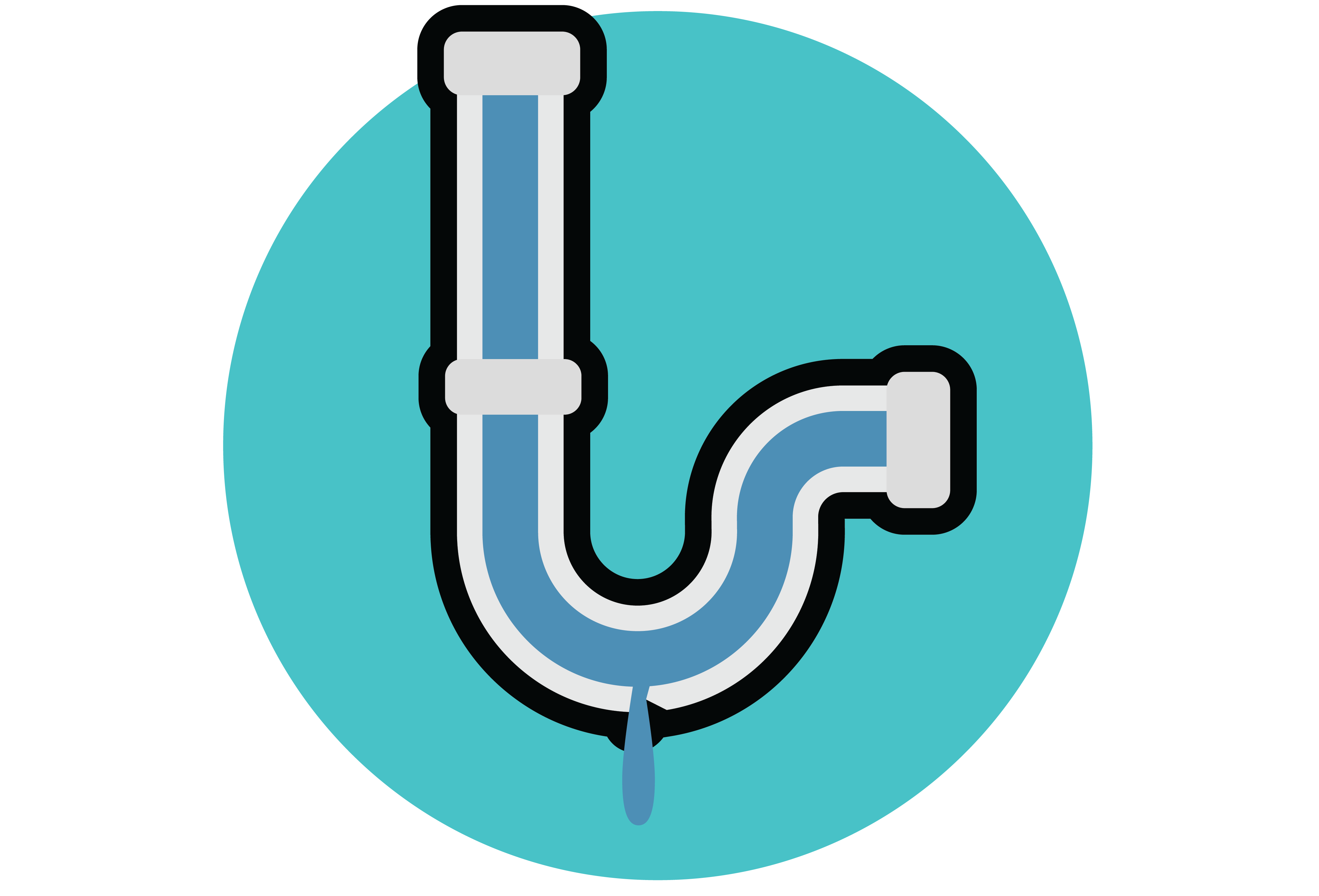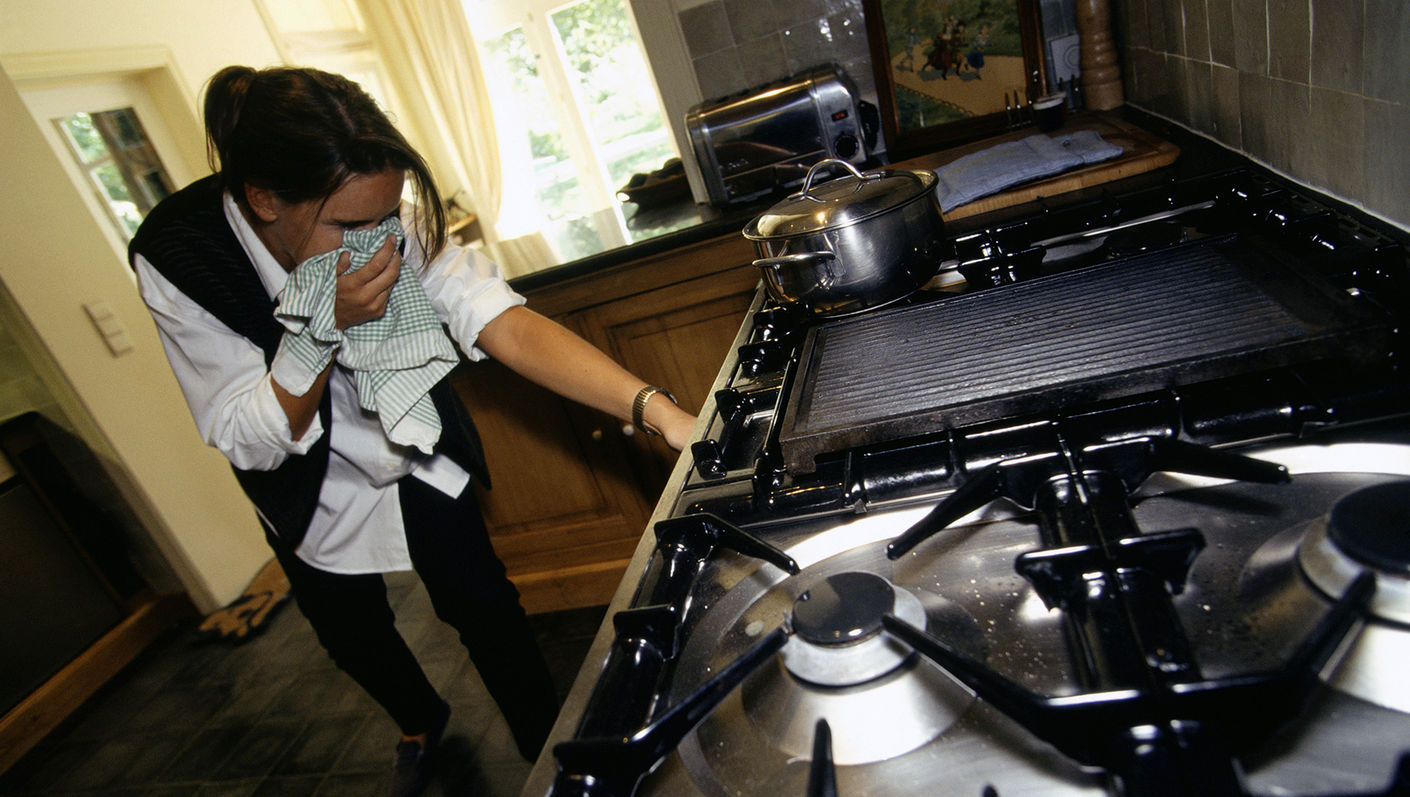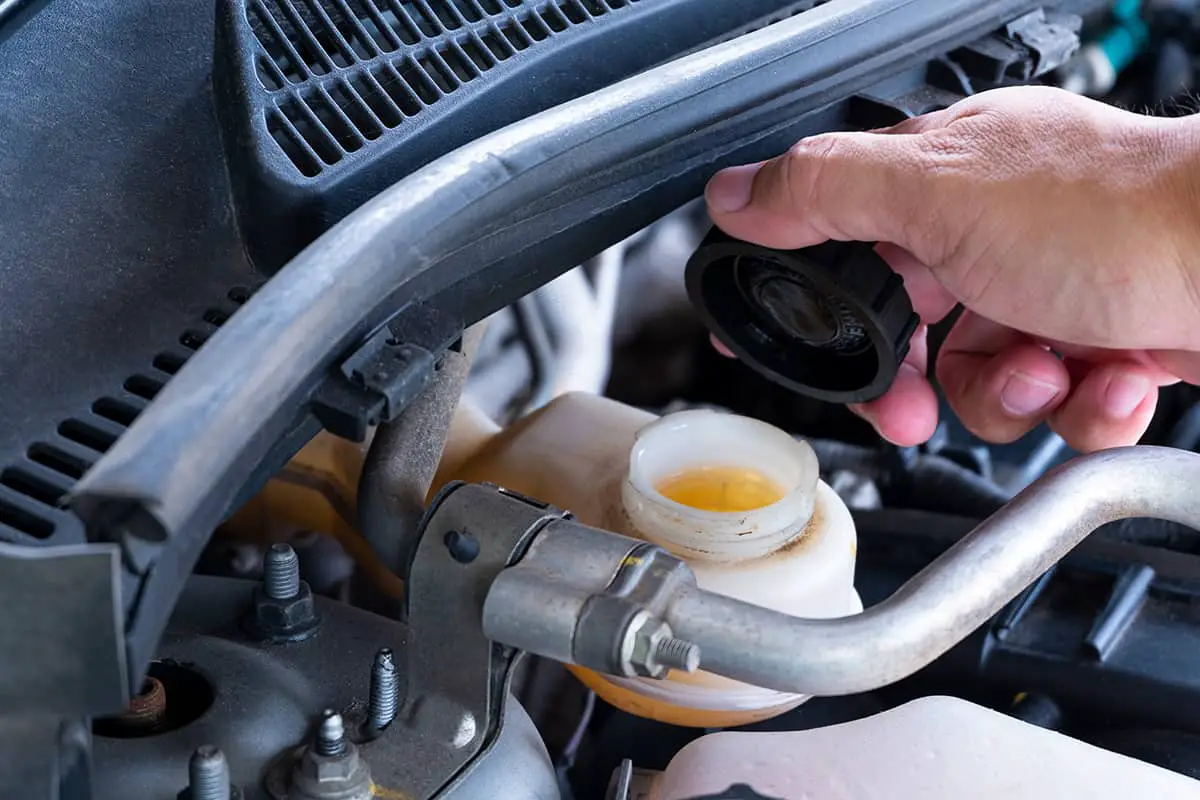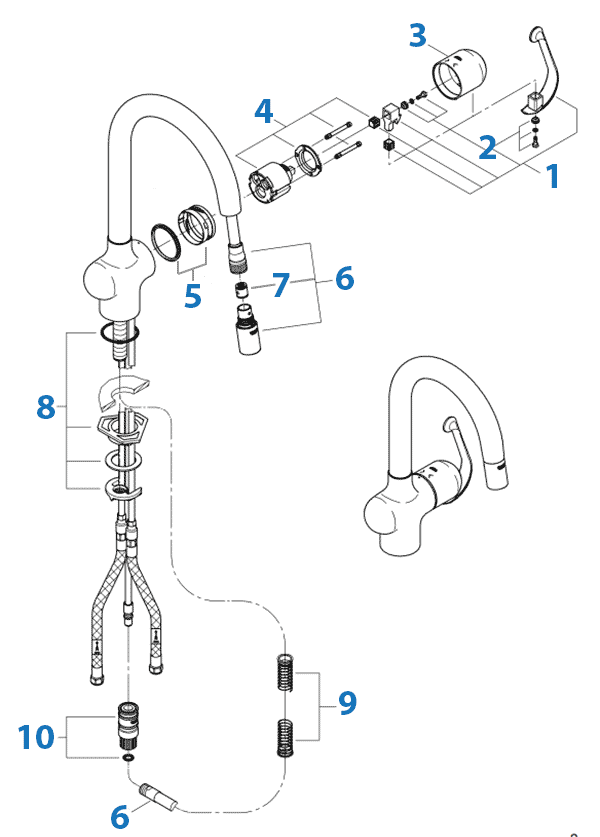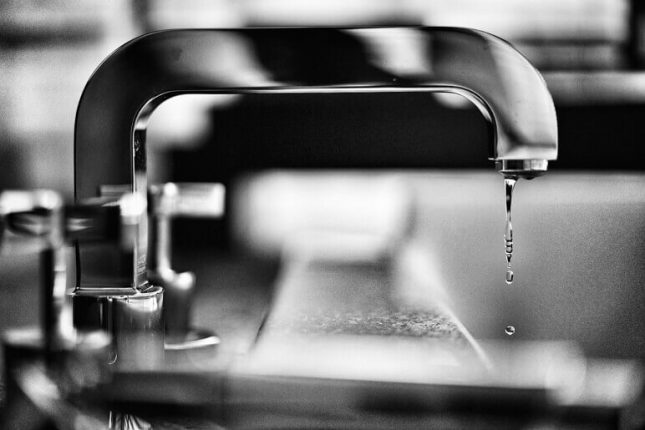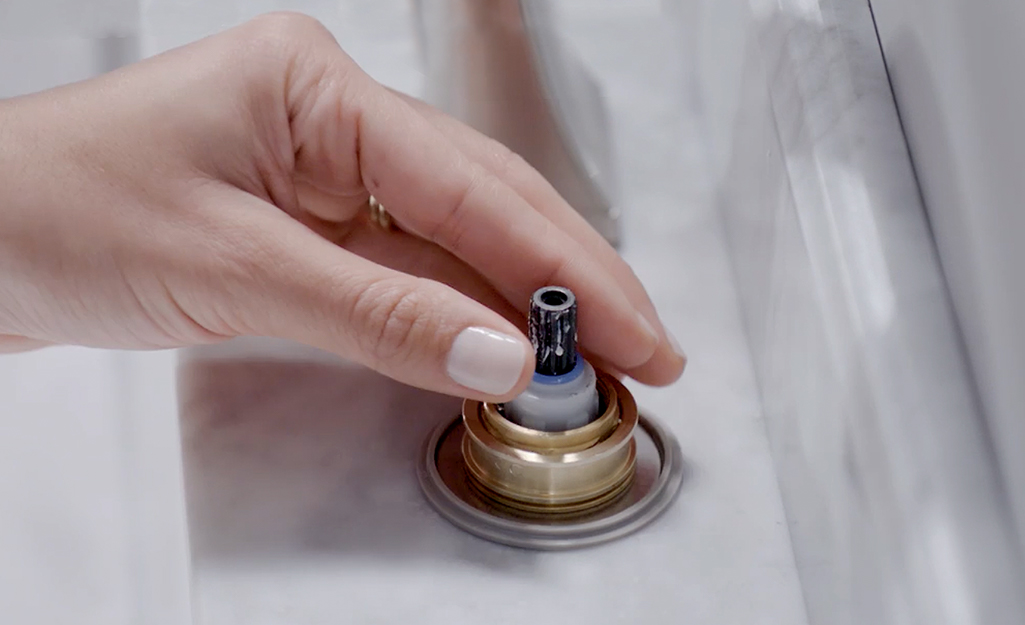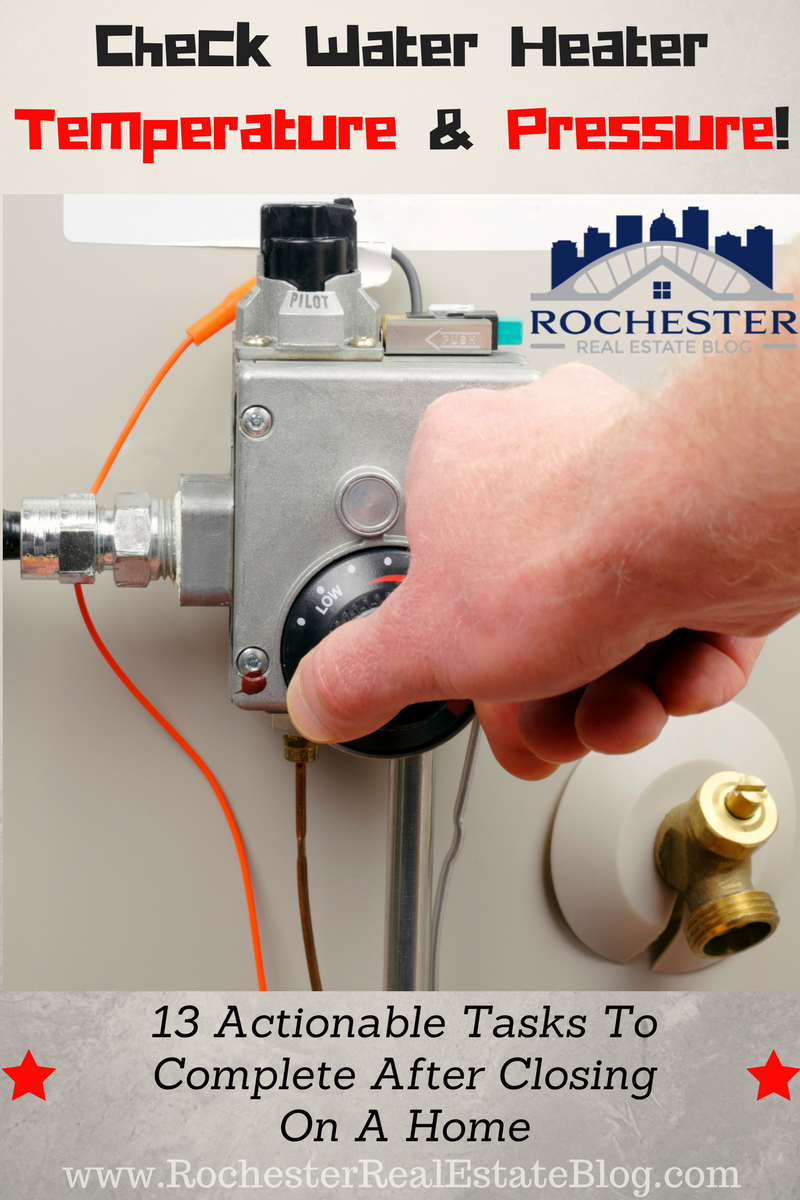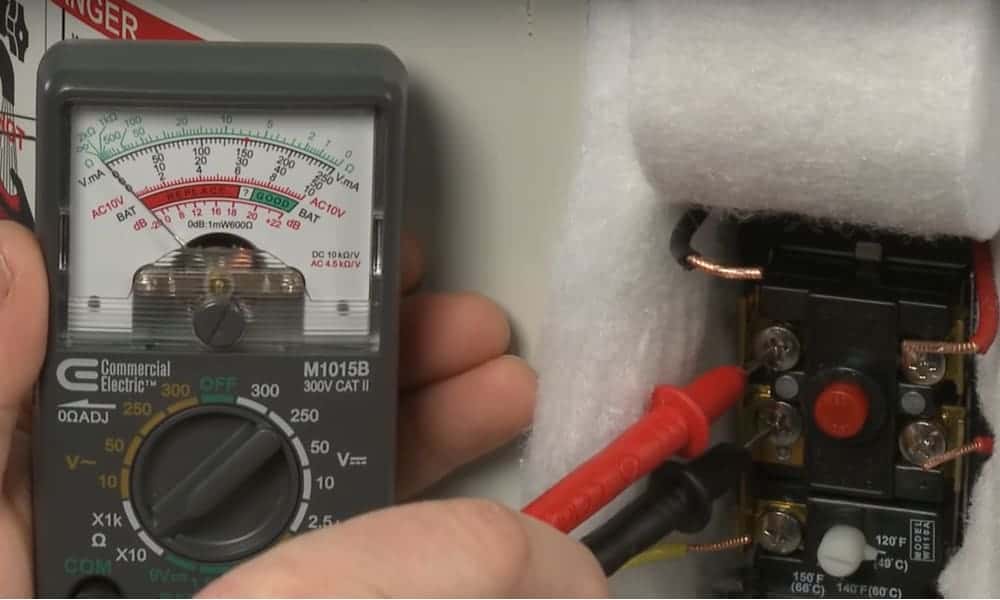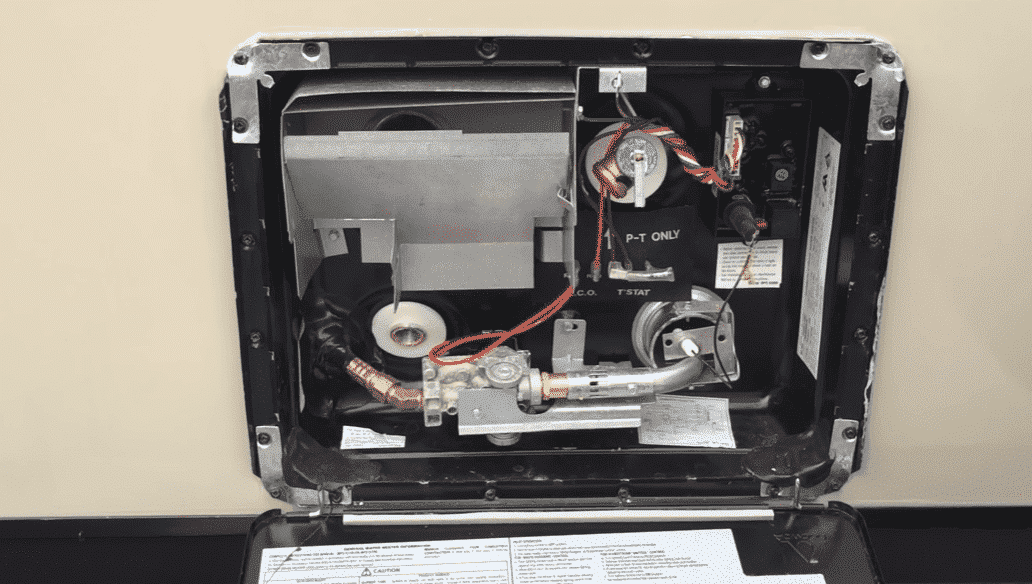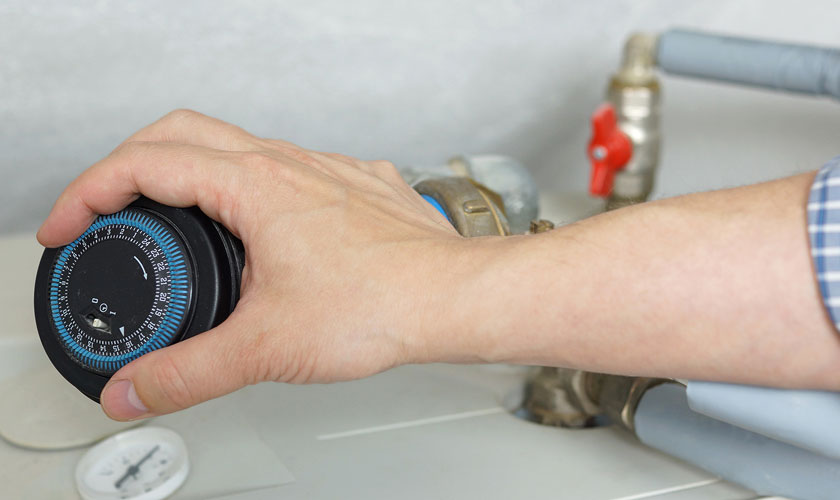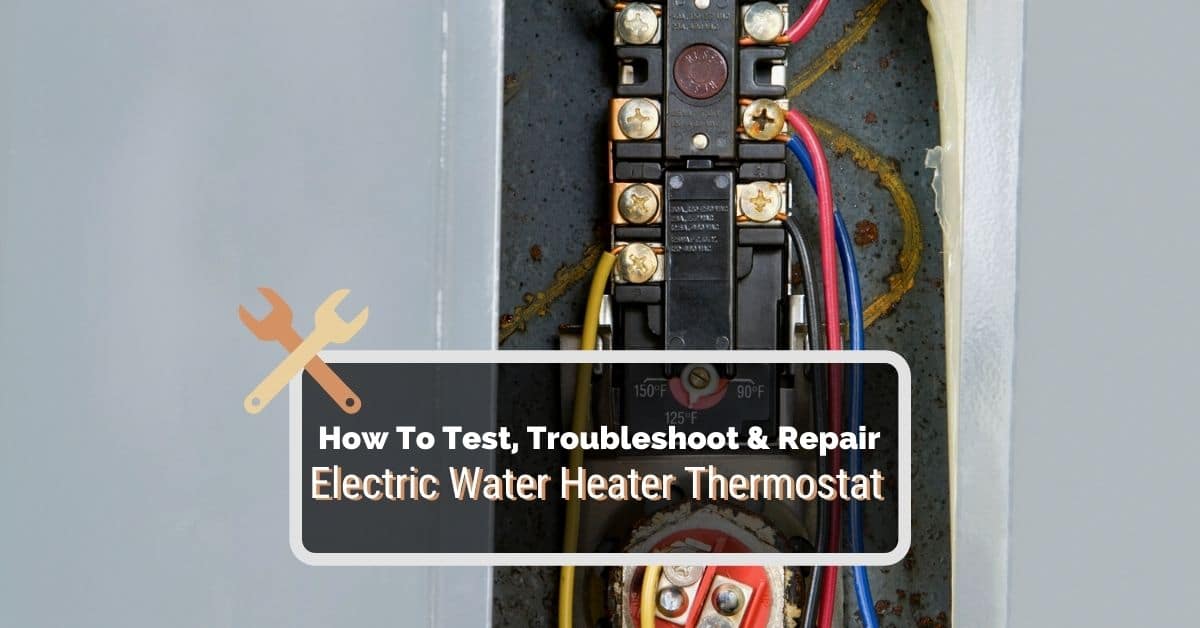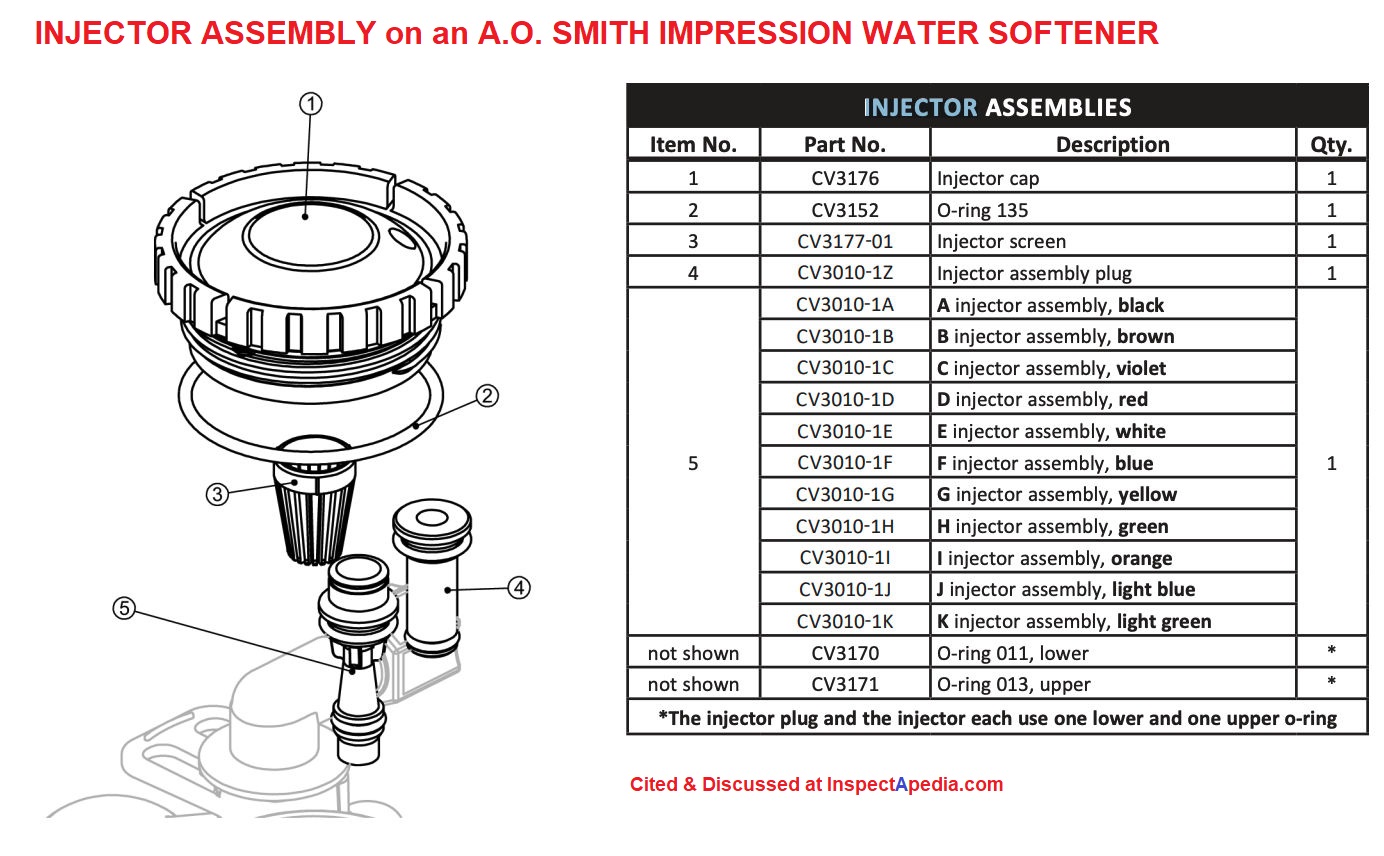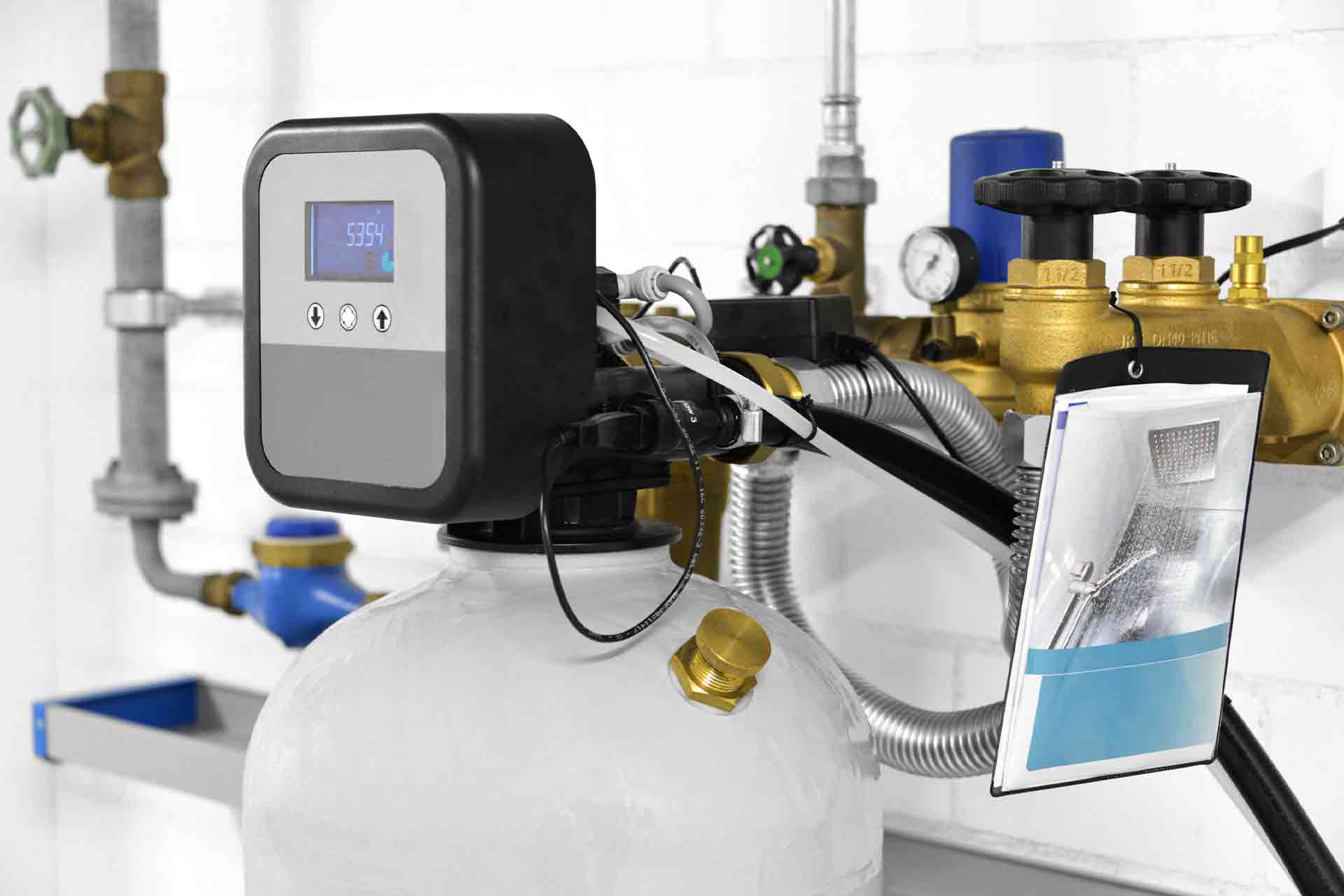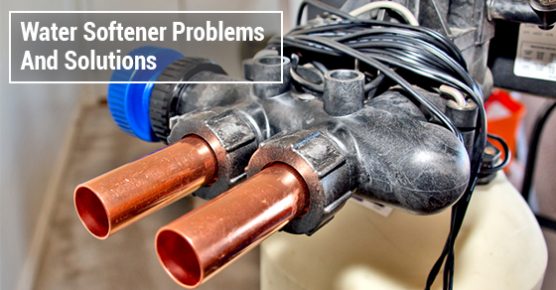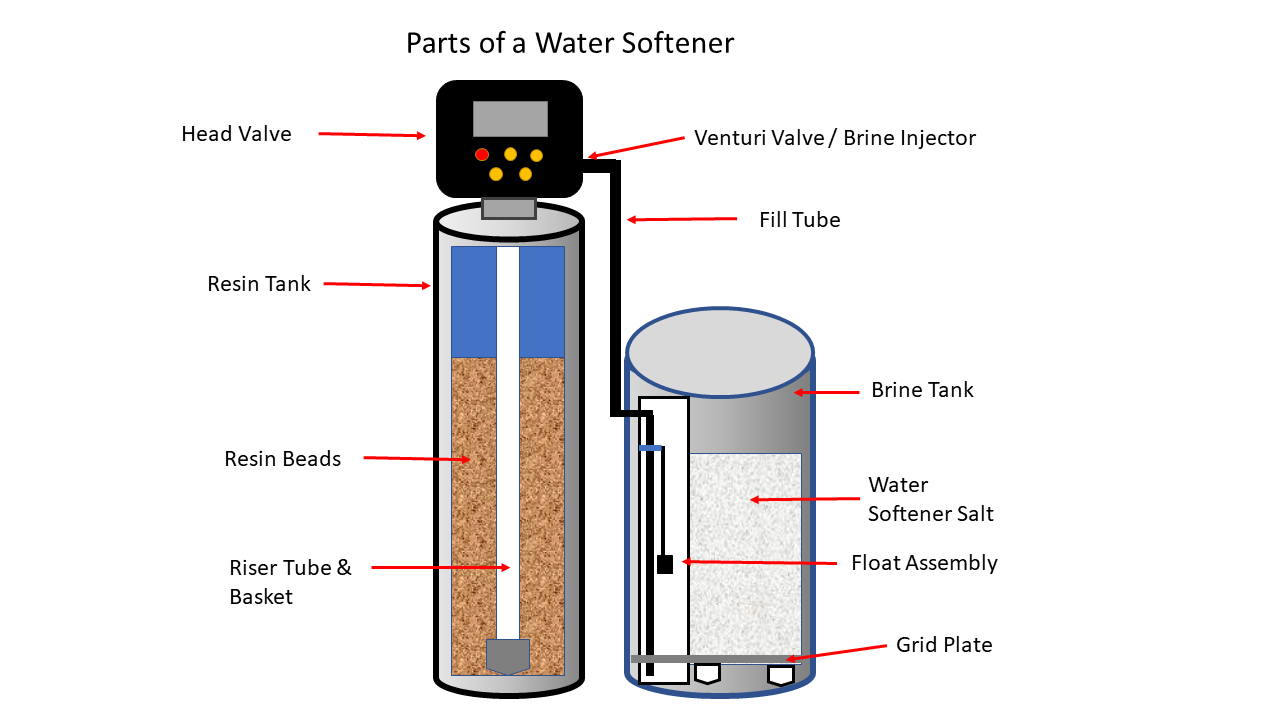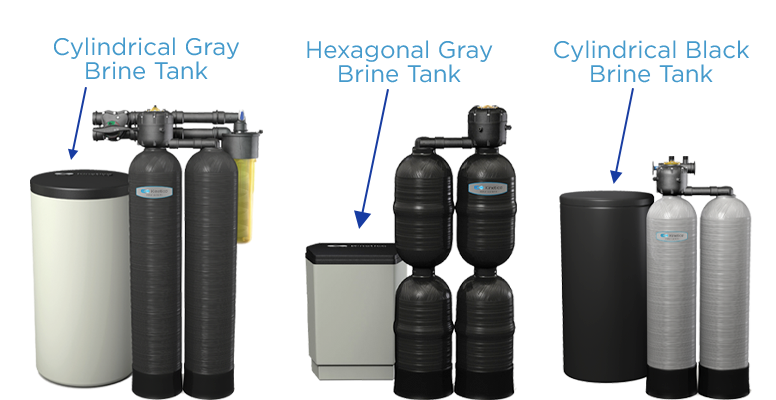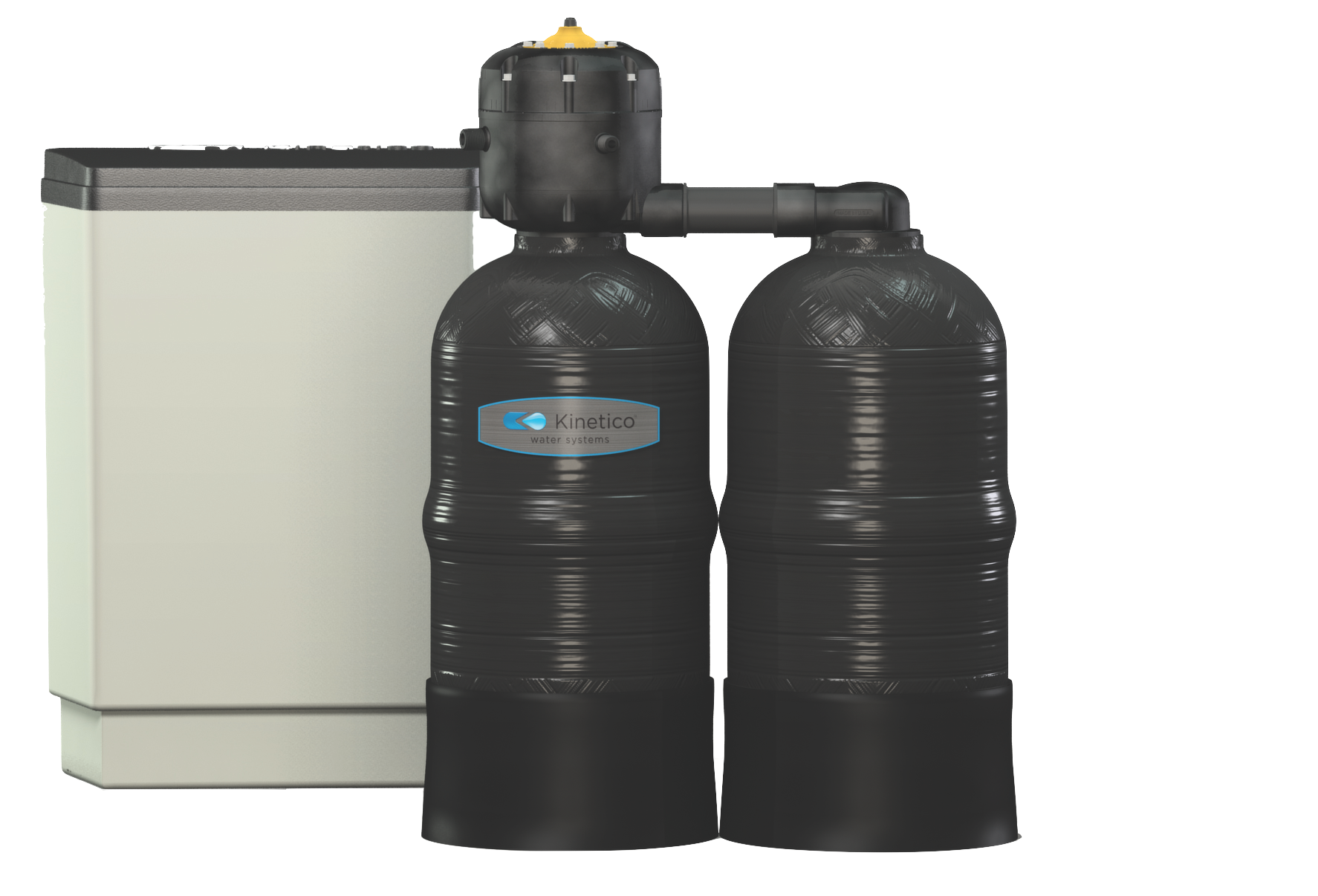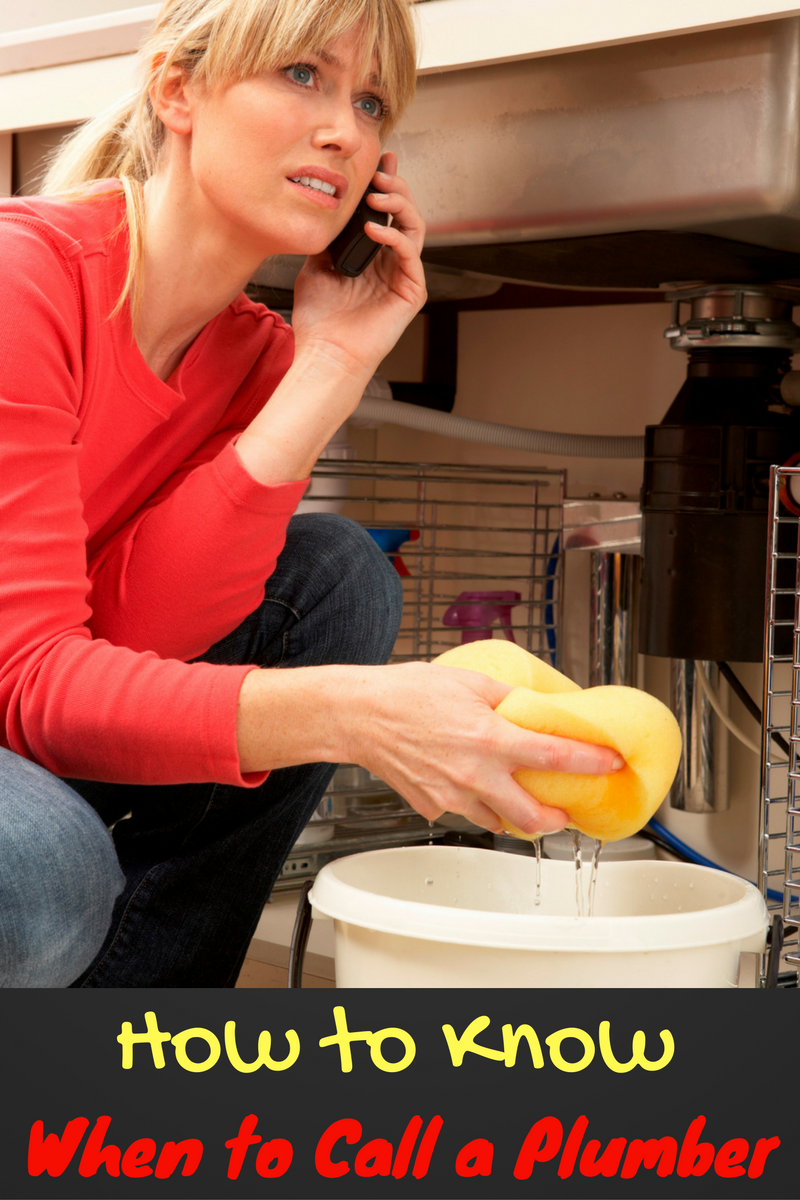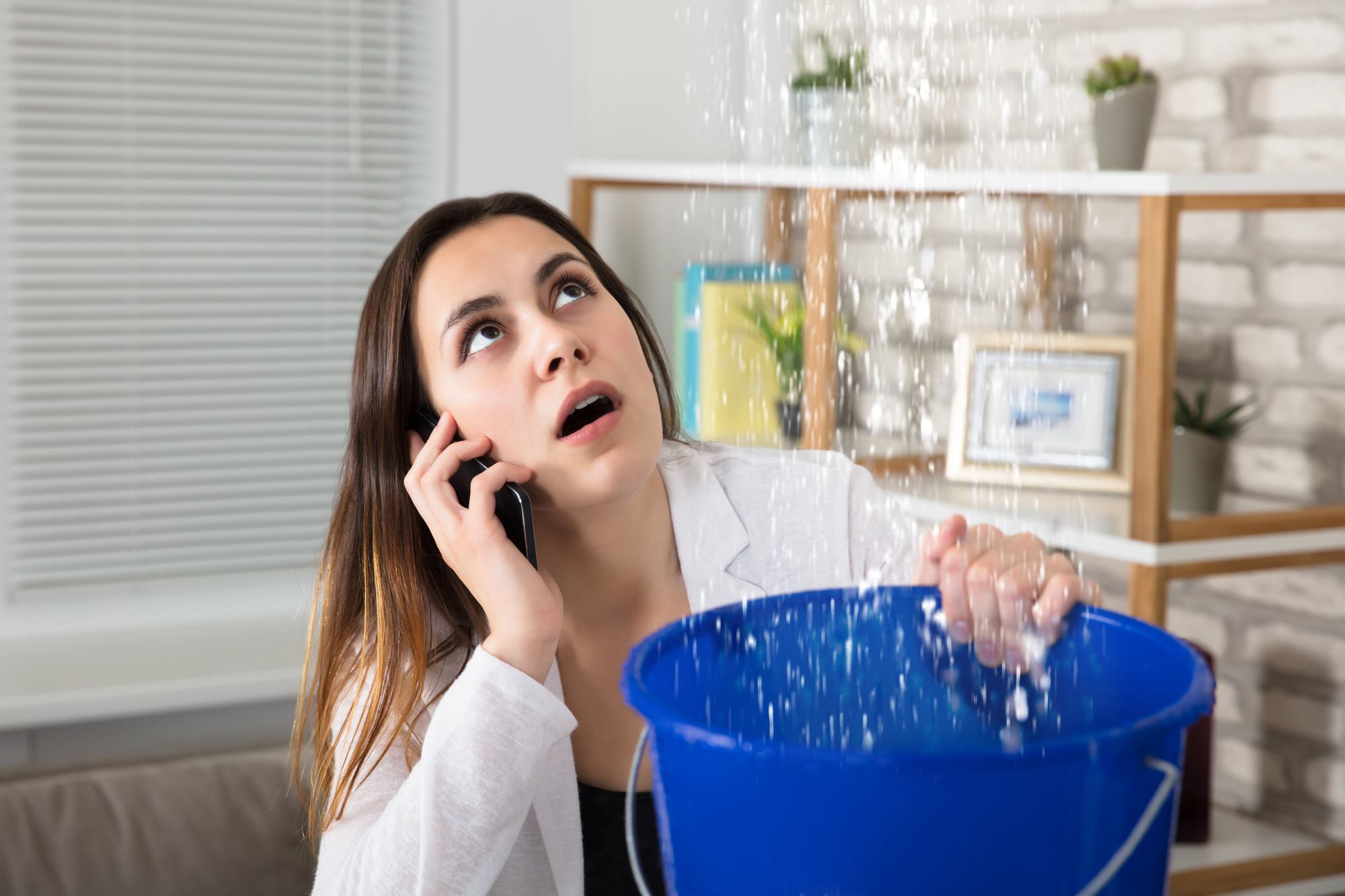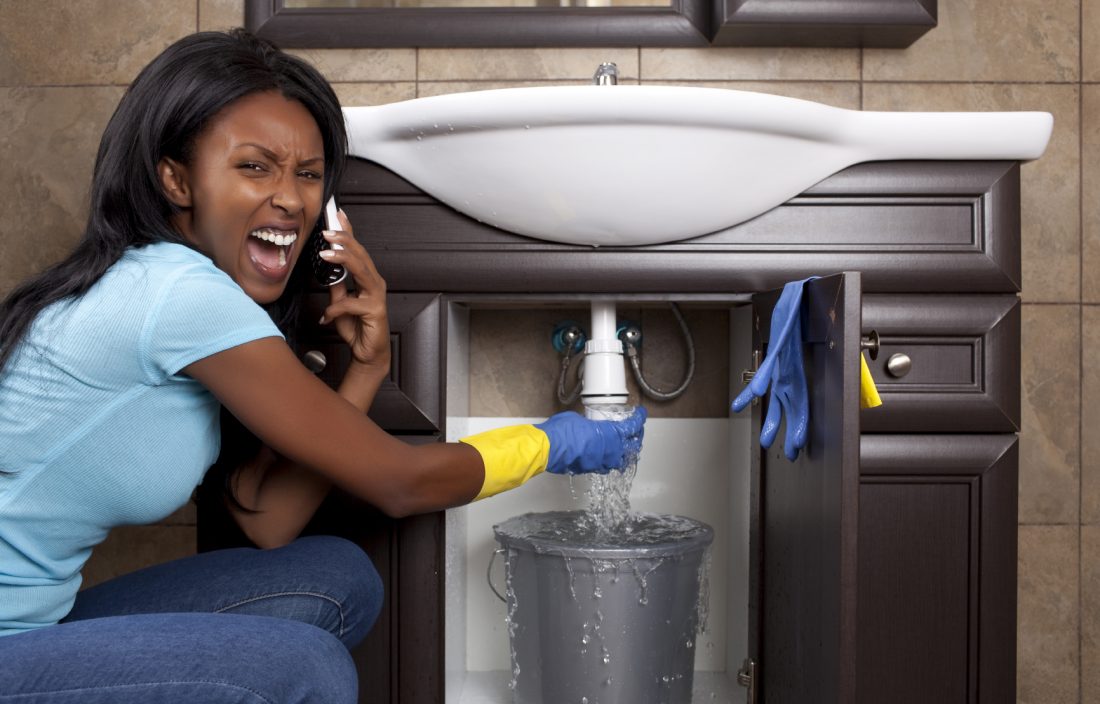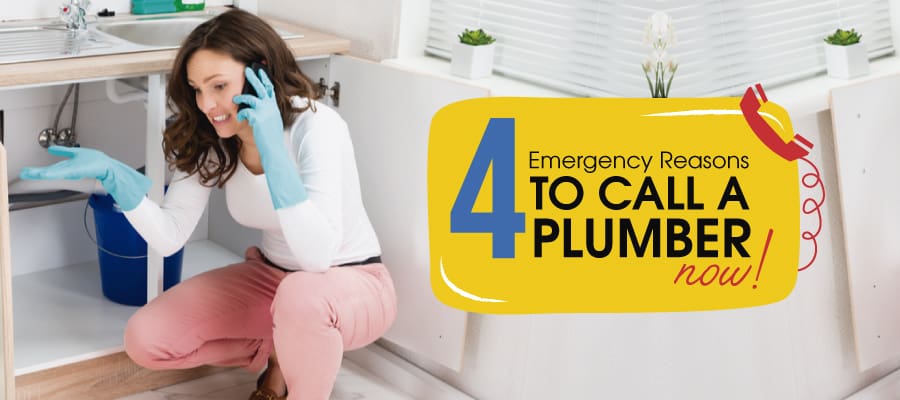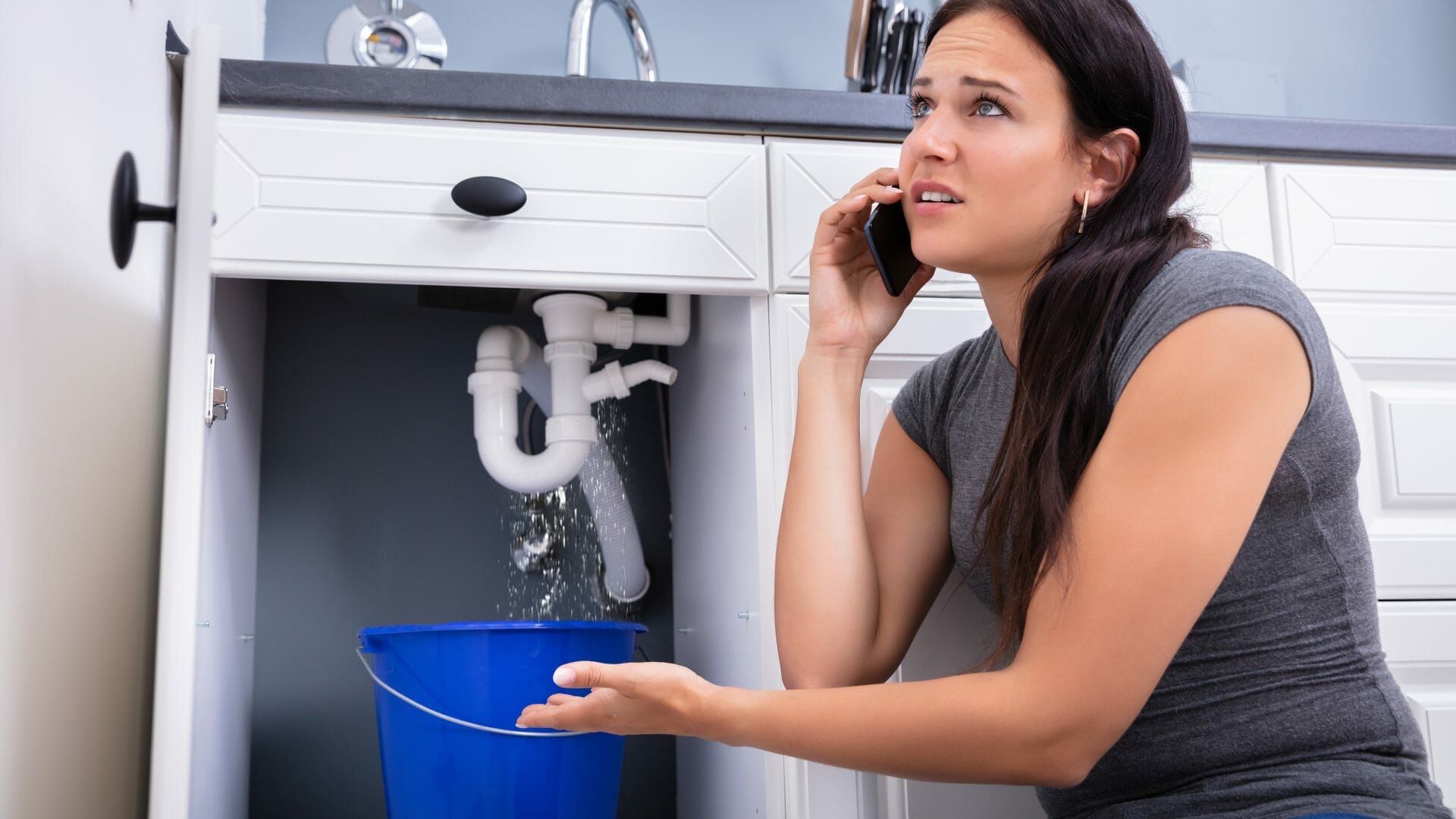If you're experiencing a loss of water pressure in your kitchen sink, one of the first things you should check is the aerator. This small device is attached to the end of your faucet and is responsible for regulating the flow of water. Over time, sediment and debris can build up in the aerator, causing it to clog and restrict water flow. To check the aerator, simply unscrew it from the faucet and clean it out with a brush or toothpick. This simple fix can often solve the problem and restore water pressure to your kitchen sink.Check the aerator
If cleaning the aerator doesn't improve the water pressure, the next step is to check the water supply. Make sure the main water valve is fully open and that there are no leaks or obstructions in the pipes leading to your kitchen sink. If you have a well system, check the pressure tank and make sure it is functioning properly. Low water pressure can also be caused by a problem with the municipal water supply. Contact your local water provider to see if there are any known issues in your area.Check the water supply
Clogs in the pipes can also lead to a loss of water pressure in your kitchen sink. If you have old or corroded pipes, they may be more prone to buildup and blockages. To check for clogs, turn off the water supply and use a plumbing snake to clear out any obstructions. You can also try using a mixture of baking soda and vinegar to break up any debris and clear the pipes.Check the pipes for clogs
The shut-off valve is a small valve located under the sink that controls the flow of water to the kitchen sink. If this valve is not fully open, it can restrict the flow of water and cause a loss of pressure. Make sure the valve is fully open and not partially closed. If the valve is old or damaged, it may need to be replaced to restore proper water pressure.Check the shut-off valve
Some homes have a water pressure regulator that helps to control the water pressure coming into the house. If this regulator is not functioning properly, it can lead to inconsistent water pressure throughout the house, including in the kitchen sink. You can test the water pressure with a pressure gauge and adjust the regulator if necessary. If it is not functioning at all, it may need to be replaced.Check the water pressure regulator
Leaks in the pipes or faucet can also cause a loss of water pressure in your kitchen sink. Check for any visible leaks and repair them as needed. You can also check for hidden leaks by turning off all water sources in the house and monitoring the water meter. If the meter is still running, it could indicate a leak somewhere in the system. In this case, it may be best to call a professional plumber to locate and fix the leak.Check for leaks
The faucet cartridge is a small component inside the faucet that controls the flow of water. Over time, this cartridge can become worn or damaged, leading to a decrease in water pressure. If you have an older faucet, it may be time to replace the cartridge. It's a relatively simple fix and can improve water pressure in your kitchen sink.Check the faucet cartridge
If your kitchen sink's water pressure is consistently low, it could be a problem with your water heater. Sediment and mineral buildup can clog the pipes and reduce water flow. Flushing your water heater can help remove any buildup and improve water pressure. If the problem persists, it may be time to replace your water heater altogether.Check the water heater
If you have hard water, a water softener is a common solution. However, if the softener is not functioning properly, it can lead to a buildup of minerals and decrease water pressure. Make sure to regularly maintain and service your water softener to prevent any issues with water pressure in your kitchen sink.Check the water softener
If you've tried all of the above solutions and are still experiencing a loss of water pressure in your kitchen sink, it may be time to call a professional plumber. They can assess the situation and identify any underlying issues that may be causing the problem. They also have the necessary tools and expertise to fix any complex plumbing issues that may be affecting your kitchen sink's water pressure. In conclusion, a loss of water pressure in your kitchen sink can be a frustrating and inconvenient problem. However, with these 10 tips, you can troubleshoot and resolve the issue in no time. Remember to regularly maintain your plumbing system and address any issues as soon as they arise to prevent future problems with water pressure. And when in doubt, don't hesitate to call a professional for assistance.Call a plumber
Causes of Loss of Water Pressure in a Kitchen Sink

1. Clogged Pipes
 One of the most common causes of
loss of water pressure in a kitchen sink
is clogged pipes. Over time, debris such as food particles, grease, and soap scum can build up in the pipes, restricting the flow of water. This can happen in both metal and plastic pipes, and can be more prevalent in older homes with outdated plumbing systems. If you notice a decrease in water pressure in your kitchen sink, it may be a sign that your pipes need to be cleaned or replaced.
One of the most common causes of
loss of water pressure in a kitchen sink
is clogged pipes. Over time, debris such as food particles, grease, and soap scum can build up in the pipes, restricting the flow of water. This can happen in both metal and plastic pipes, and can be more prevalent in older homes with outdated plumbing systems. If you notice a decrease in water pressure in your kitchen sink, it may be a sign that your pipes need to be cleaned or replaced.
2. Faulty Faucet
 Another possible cause of
loss of water pressure in a kitchen sink
is a faulty faucet. If the faucet is old or worn out, it may not be able to properly regulate the water pressure. This can result in a weak flow of water or even no water at all. In some cases, the aerator, which is the screen at the end of the faucet, can become clogged with mineral deposits and affect the water pressure. If this is the case, simply cleaning or replacing the aerator can solve the issue.
Another possible cause of
loss of water pressure in a kitchen sink
is a faulty faucet. If the faucet is old or worn out, it may not be able to properly regulate the water pressure. This can result in a weak flow of water or even no water at all. In some cases, the aerator, which is the screen at the end of the faucet, can become clogged with mineral deposits and affect the water pressure. If this is the case, simply cleaning or replacing the aerator can solve the issue.
3. Water Supply Issues
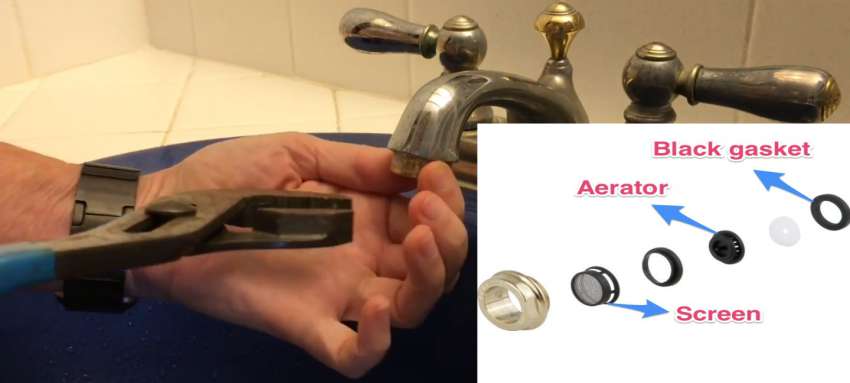 In some cases, the
loss of water pressure in a kitchen sink
may be due to issues with the water supply. If there is a problem with the municipal water system, such as a burst pipe or maintenance work, it can affect the water pressure in your sink. It's also possible that there is a leak in the main water line leading to your home, causing a decrease in water pressure. If you suspect this may be the issue, contact your local water department for assistance.
In some cases, the
loss of water pressure in a kitchen sink
may be due to issues with the water supply. If there is a problem with the municipal water system, such as a burst pipe or maintenance work, it can affect the water pressure in your sink. It's also possible that there is a leak in the main water line leading to your home, causing a decrease in water pressure. If you suspect this may be the issue, contact your local water department for assistance.
4. Water Heater Problems
 If your kitchen sink is connected to a hot water line,
loss of water pressure
can also be caused by problems with your water heater. Sediment buildup in the tank can restrict the flow of water and decrease water pressure. Additionally, if the water heater is too small for your household's needs, it may not be able to provide enough hot water to maintain adequate water pressure. Regular maintenance and proper sizing of your water heater can help prevent this issue.
If your kitchen sink is connected to a hot water line,
loss of water pressure
can also be caused by problems with your water heater. Sediment buildup in the tank can restrict the flow of water and decrease water pressure. Additionally, if the water heater is too small for your household's needs, it may not be able to provide enough hot water to maintain adequate water pressure. Regular maintenance and proper sizing of your water heater can help prevent this issue.
5. Low Water Pressure in the Neighborhood
 Sometimes, the
loss of water pressure in a kitchen sink
may be due to low water pressure in the neighborhood. This can occur during times of high water demand, such as in the morning when many people are getting ready for work. If this is the case, there isn't much you can do to fix the issue on your own. However, you can try adjusting your water usage habits, such as doing laundry at a different time of day, to see if that helps improve the water pressure in your kitchen sink.
Overall,
loss of water pressure in a kitchen sink
can be caused by a variety of factors, from clogged pipes to water supply issues. It's important to identify the cause of the issue in order to properly address it and restore proper water pressure in your kitchen sink. Regular maintenance and prompt repairs can help prevent this problem from occurring in the future.
Sometimes, the
loss of water pressure in a kitchen sink
may be due to low water pressure in the neighborhood. This can occur during times of high water demand, such as in the morning when many people are getting ready for work. If this is the case, there isn't much you can do to fix the issue on your own. However, you can try adjusting your water usage habits, such as doing laundry at a different time of day, to see if that helps improve the water pressure in your kitchen sink.
Overall,
loss of water pressure in a kitchen sink
can be caused by a variety of factors, from clogged pipes to water supply issues. It's important to identify the cause of the issue in order to properly address it and restore proper water pressure in your kitchen sink. Regular maintenance and prompt repairs can help prevent this problem from occurring in the future.


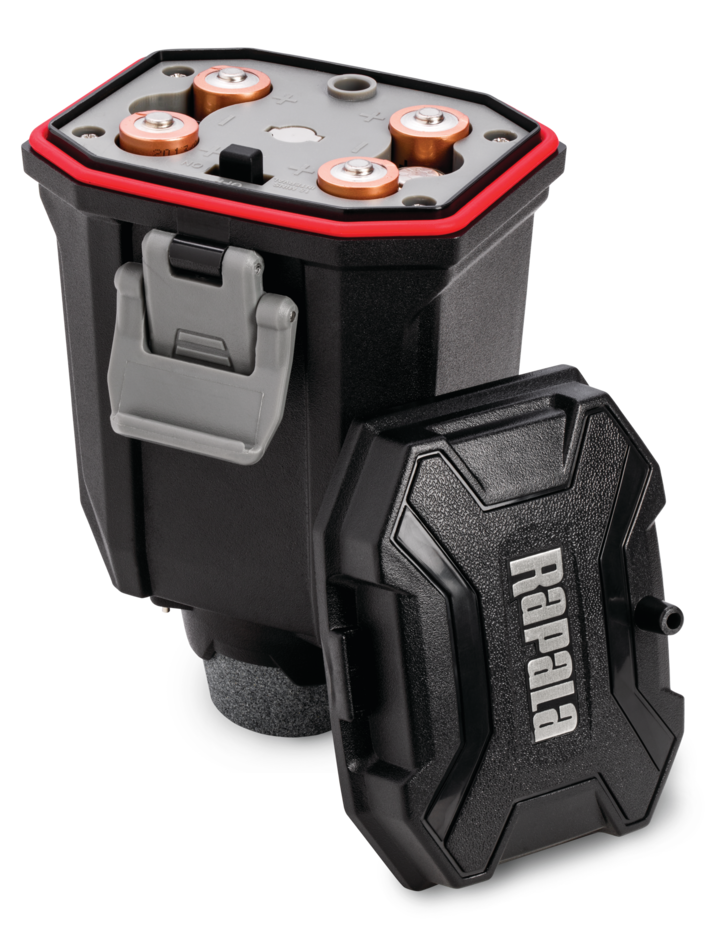







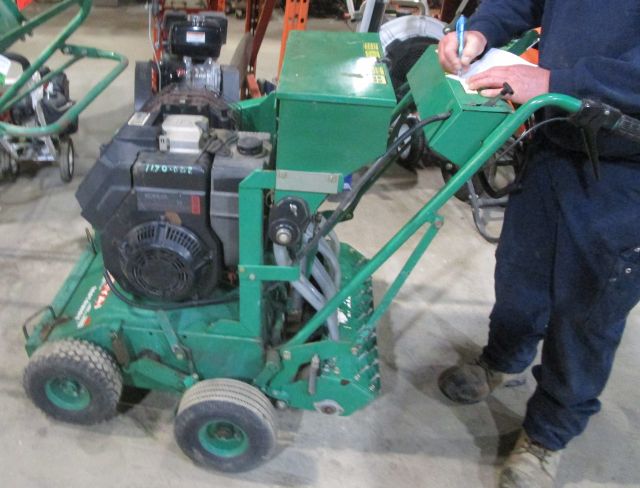
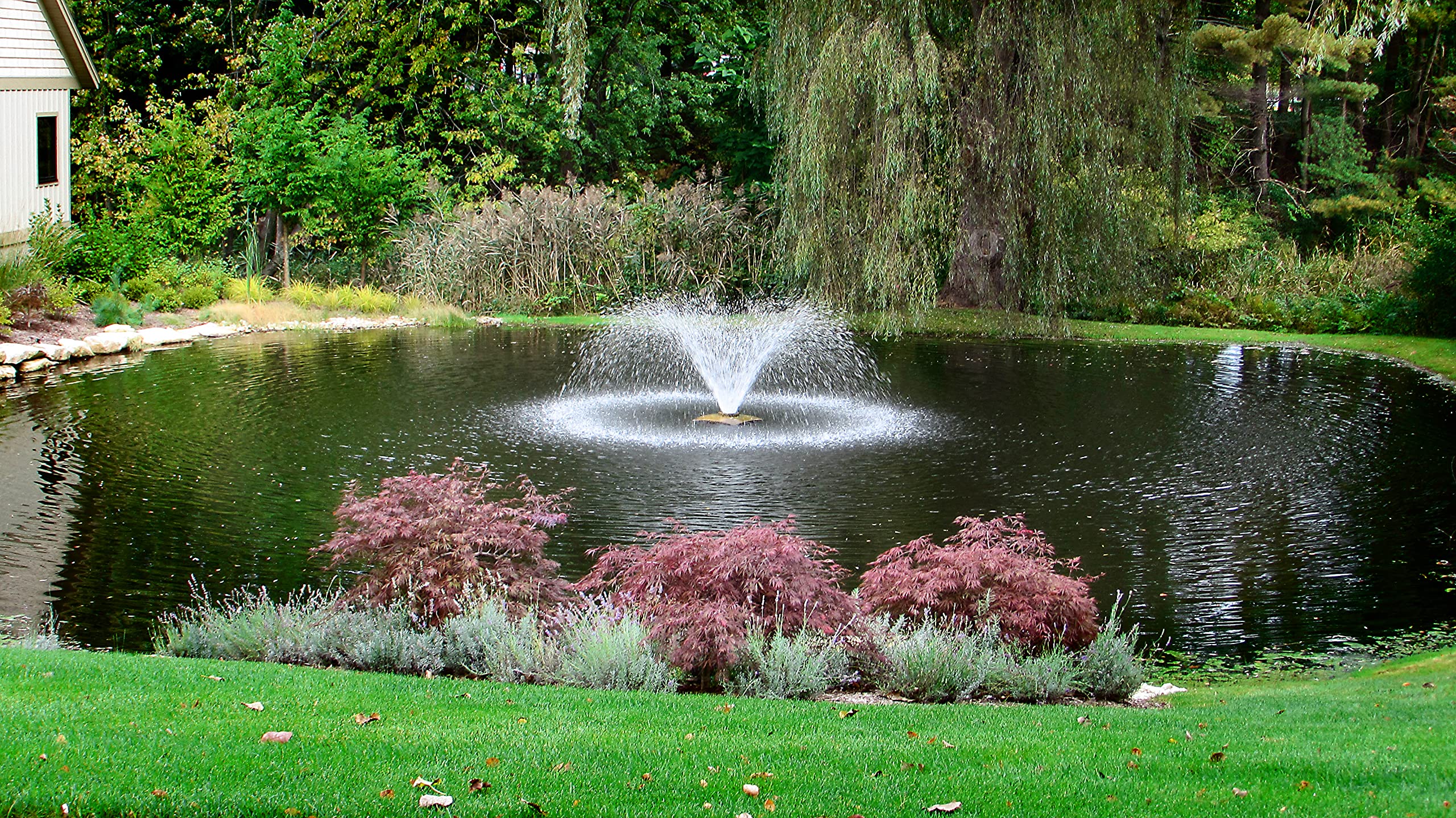

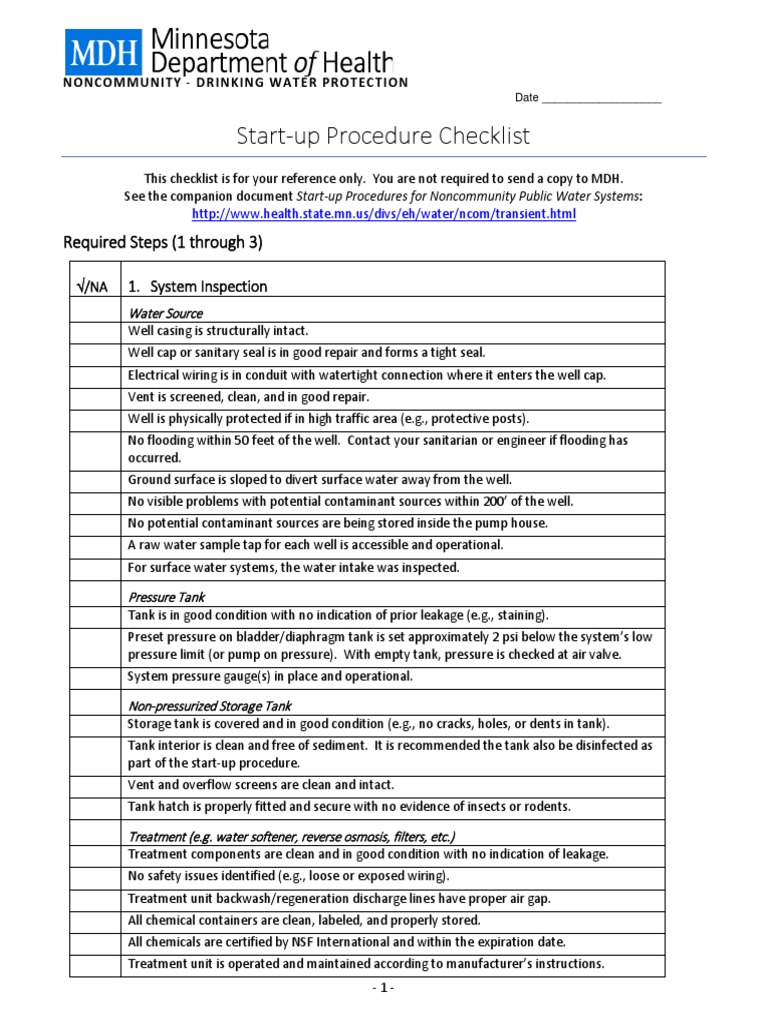

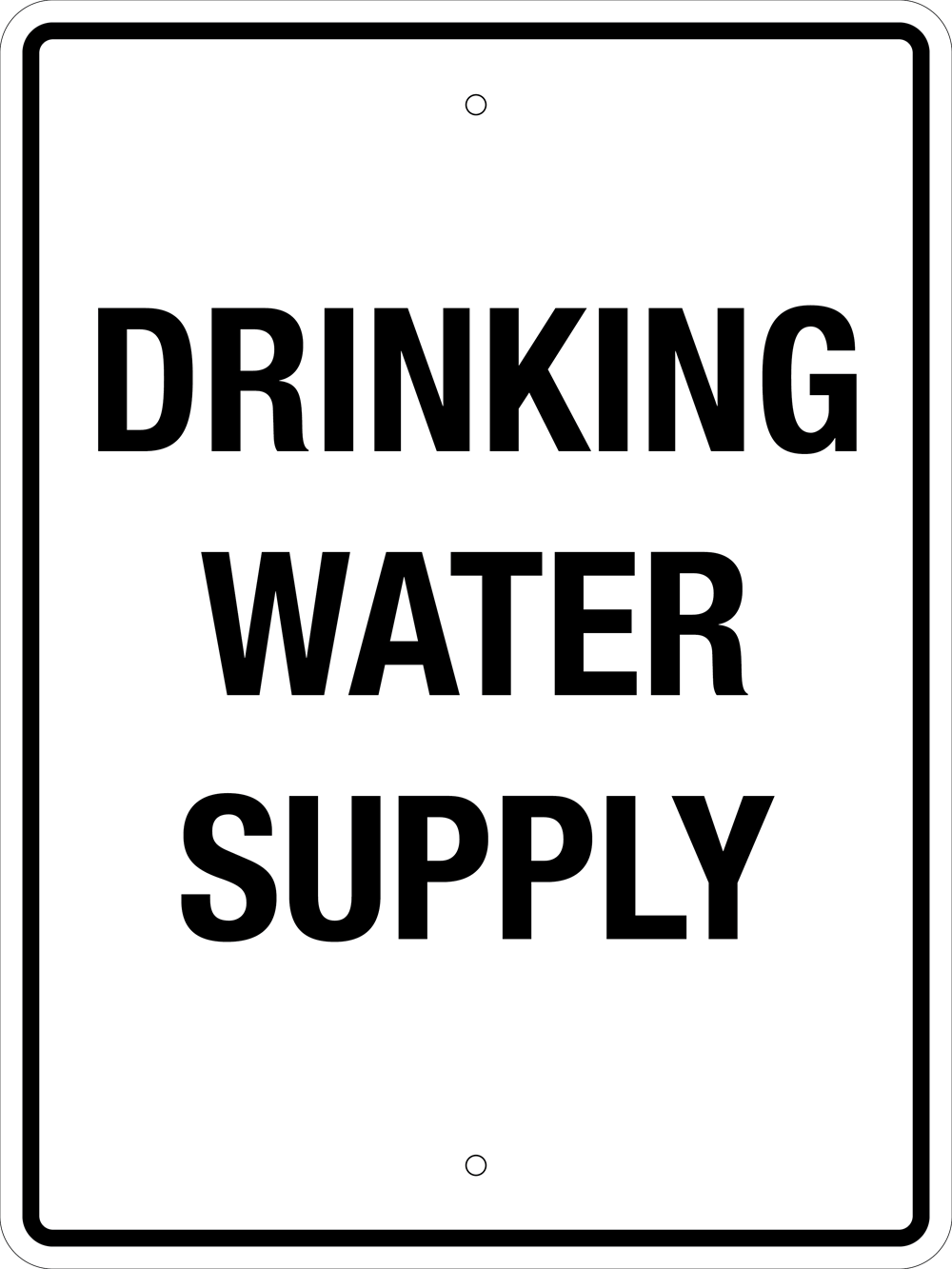
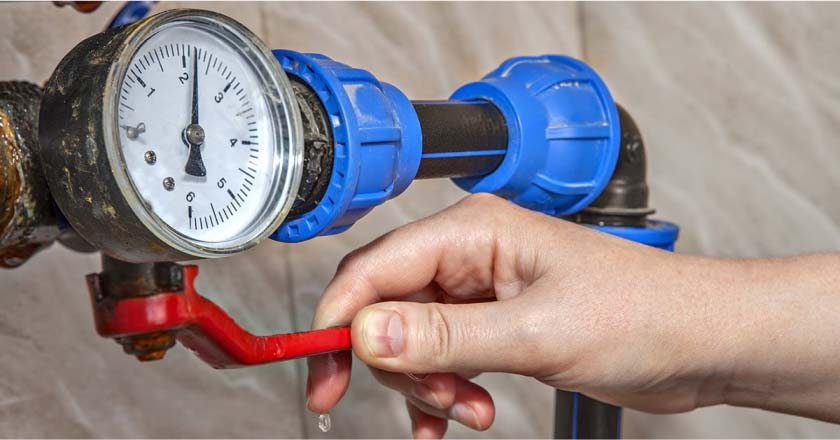
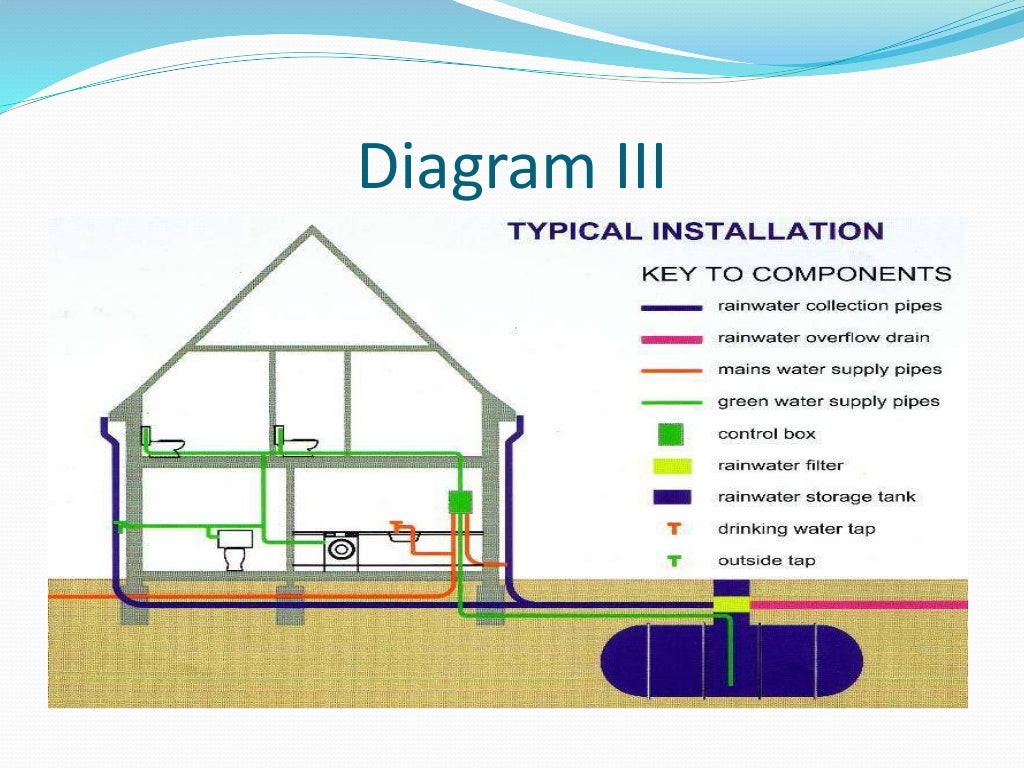


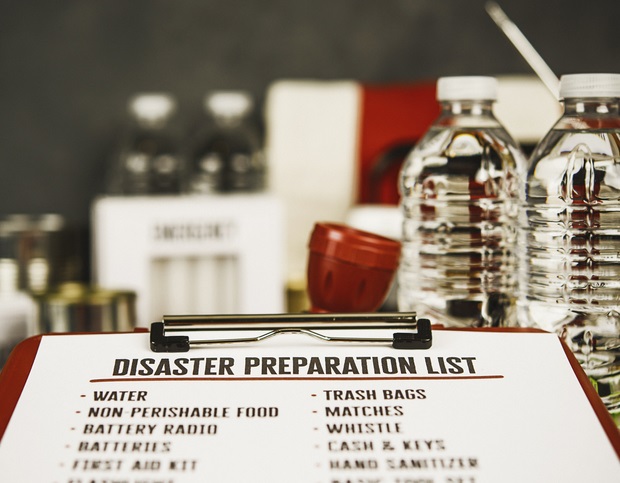


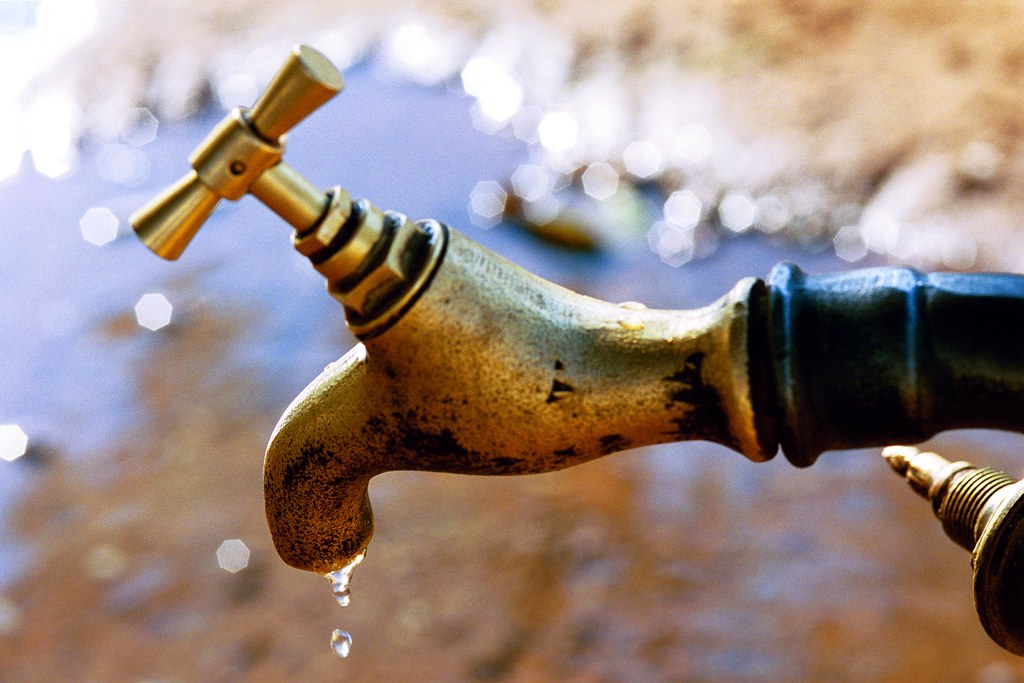



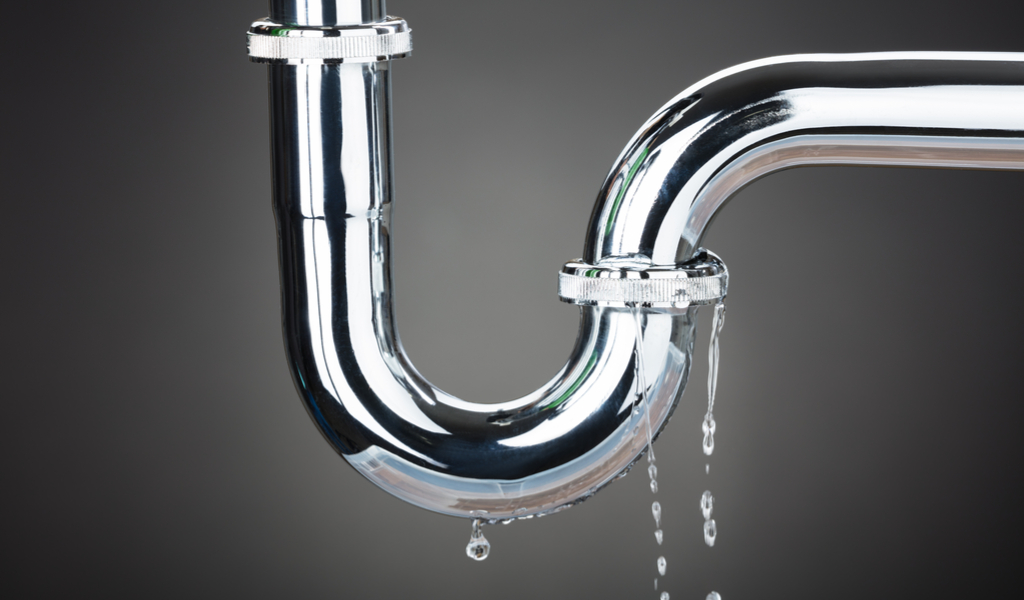









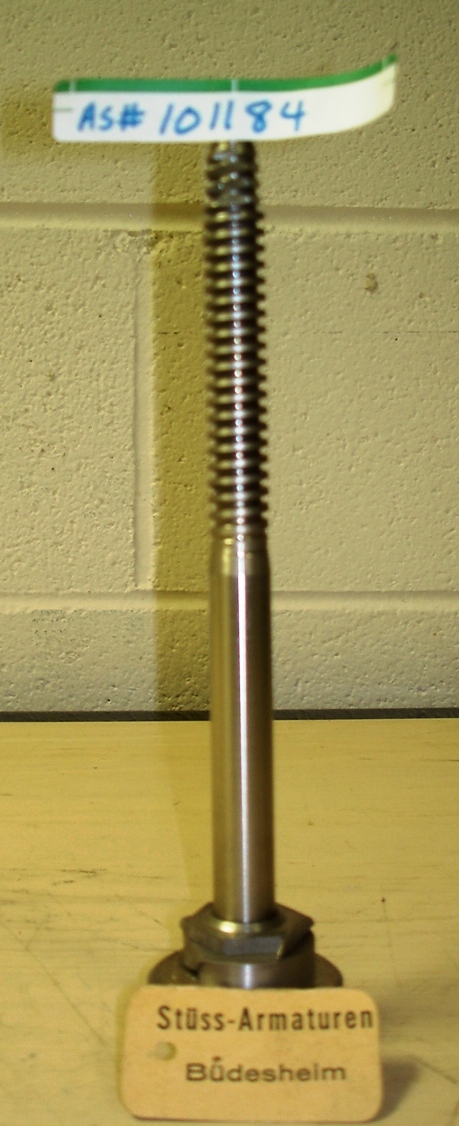
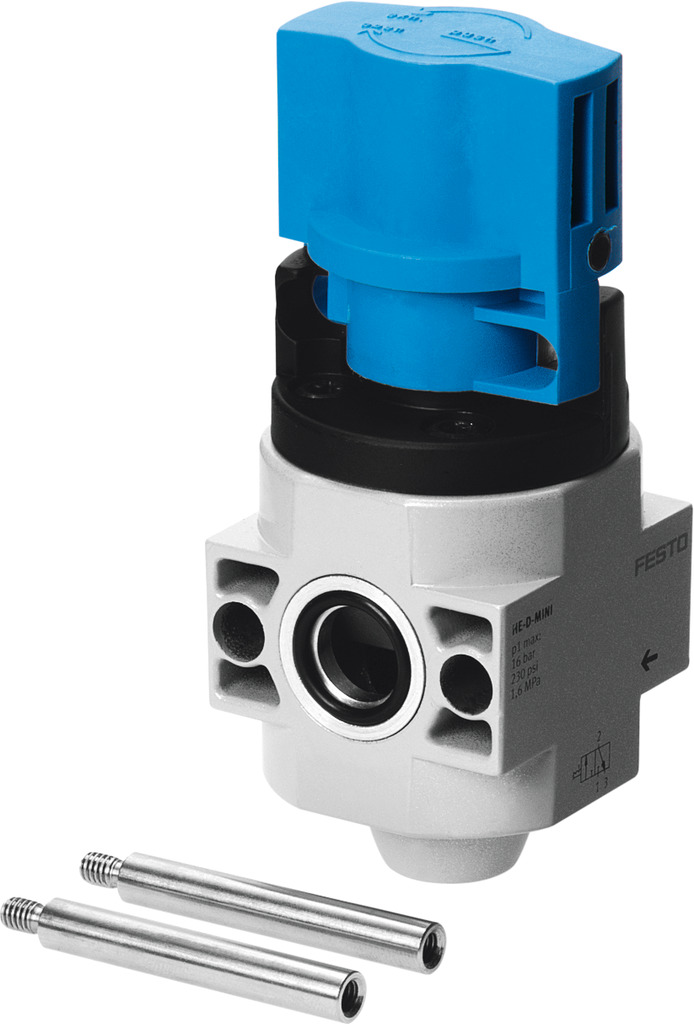
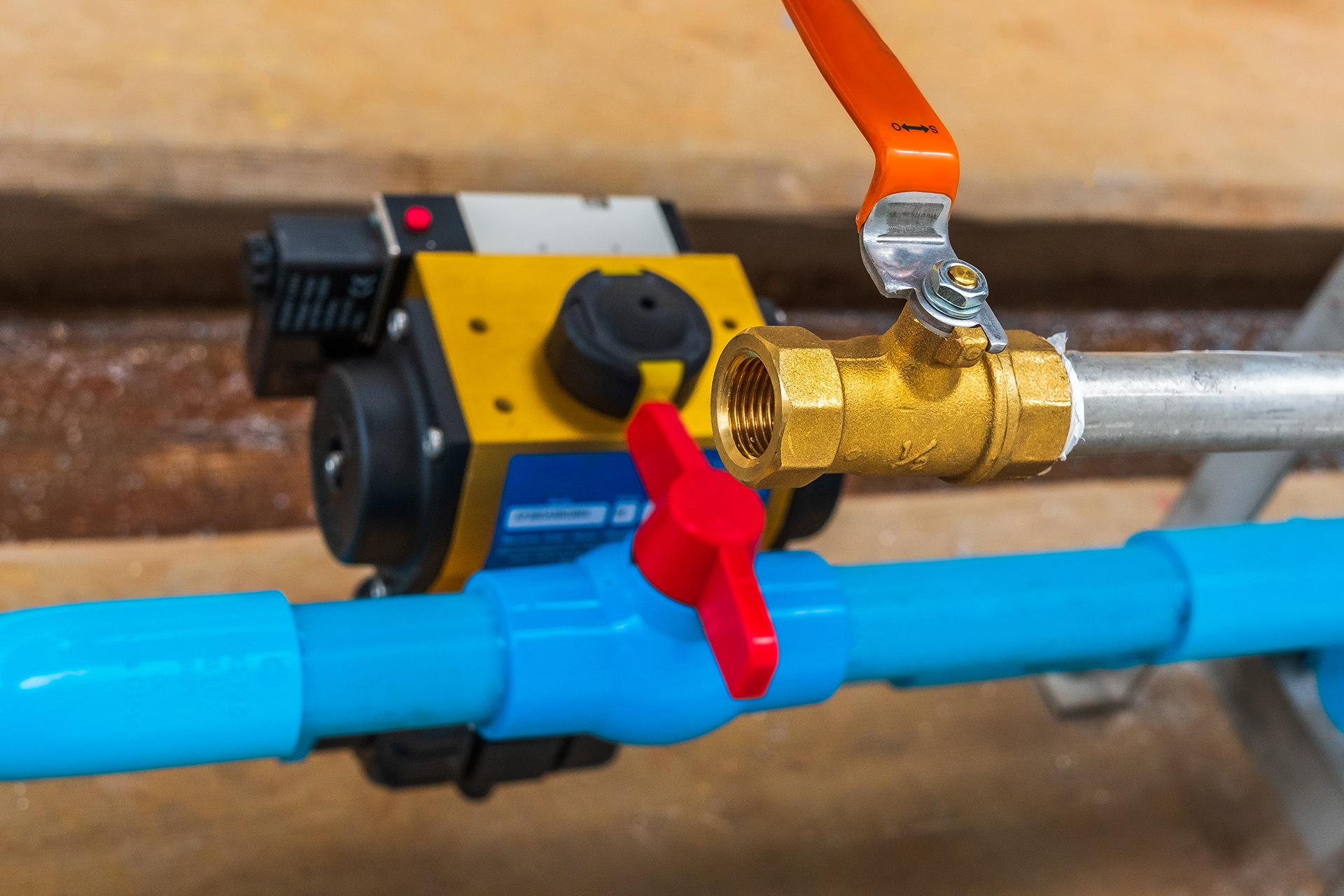
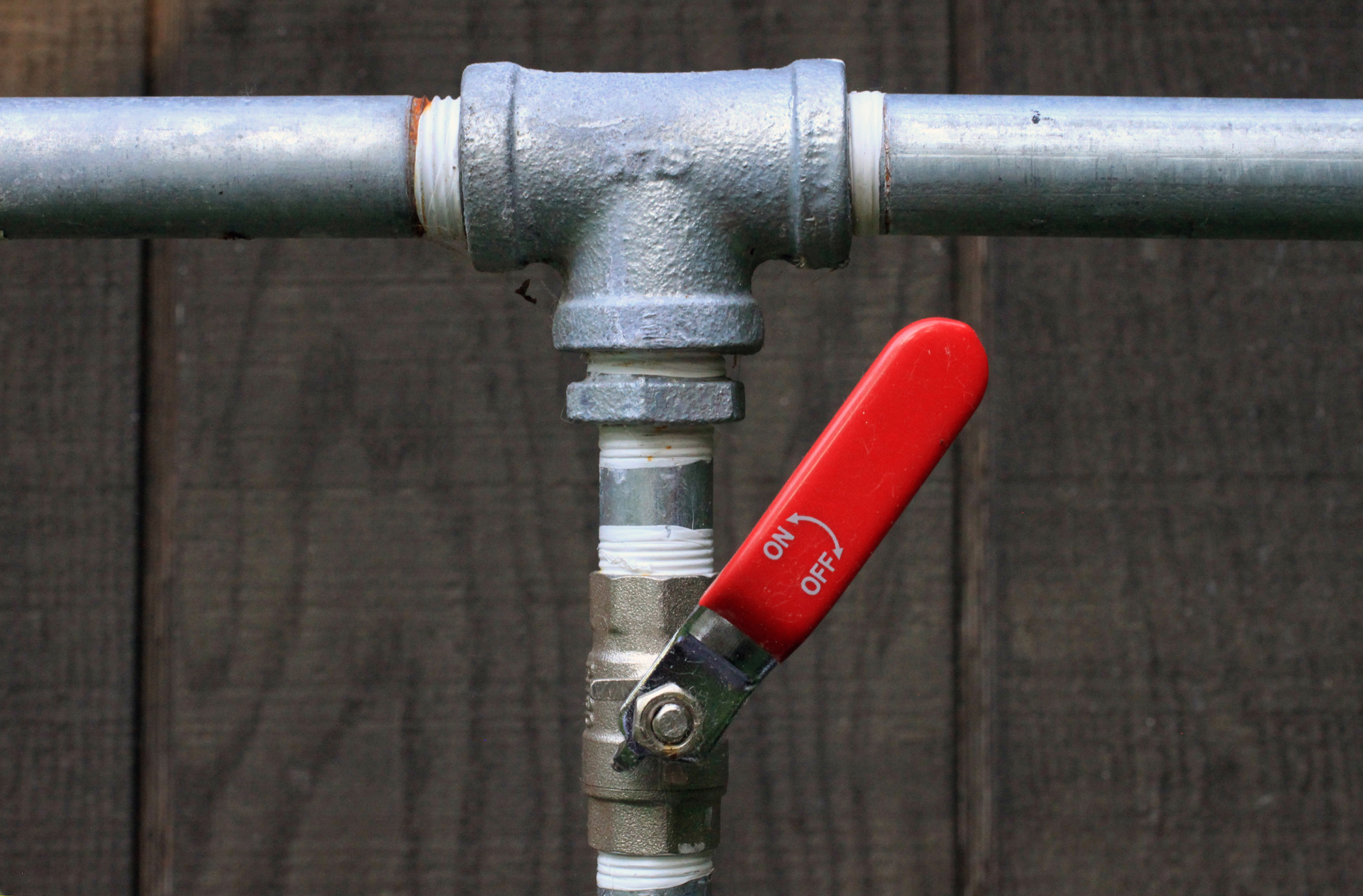


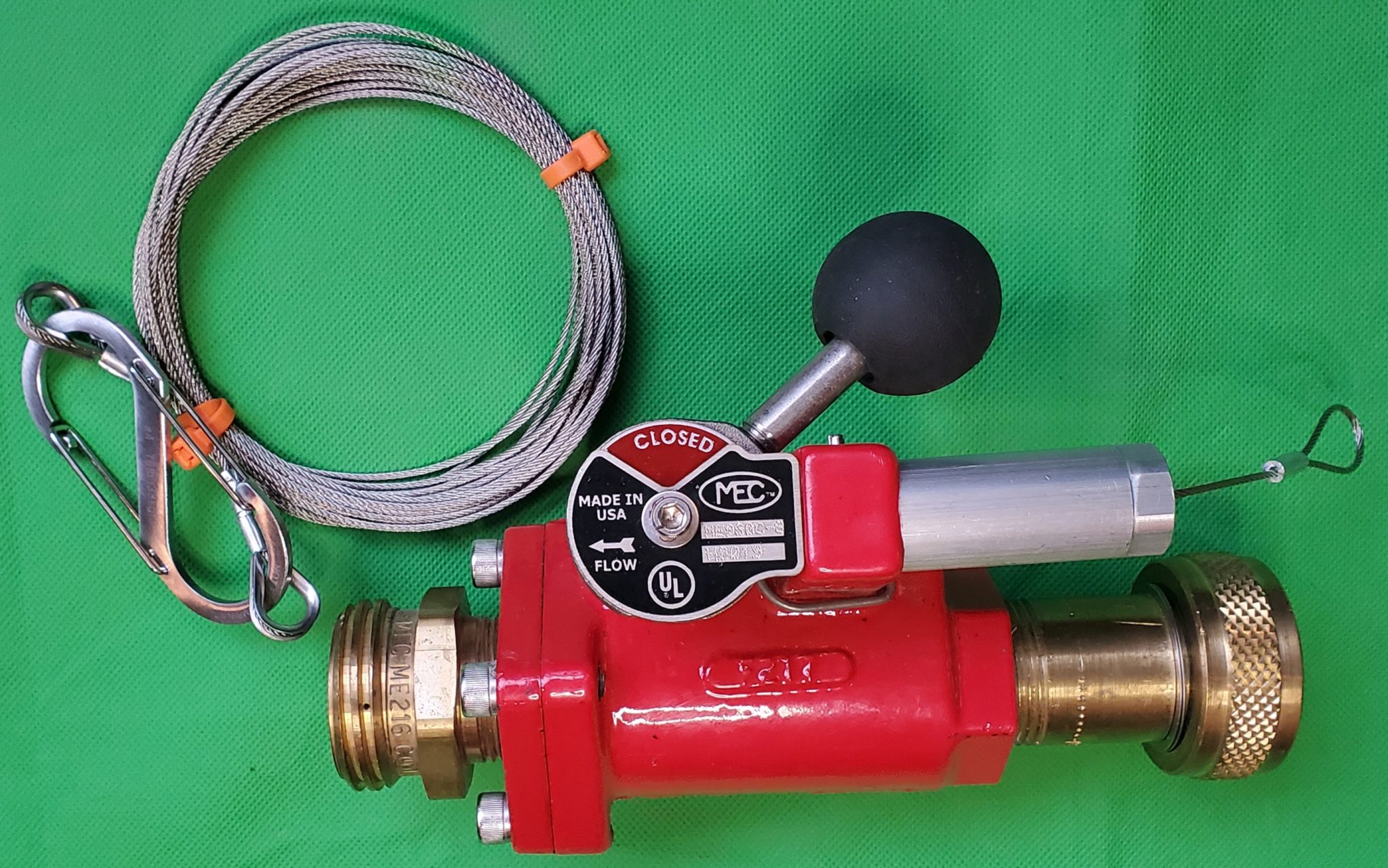
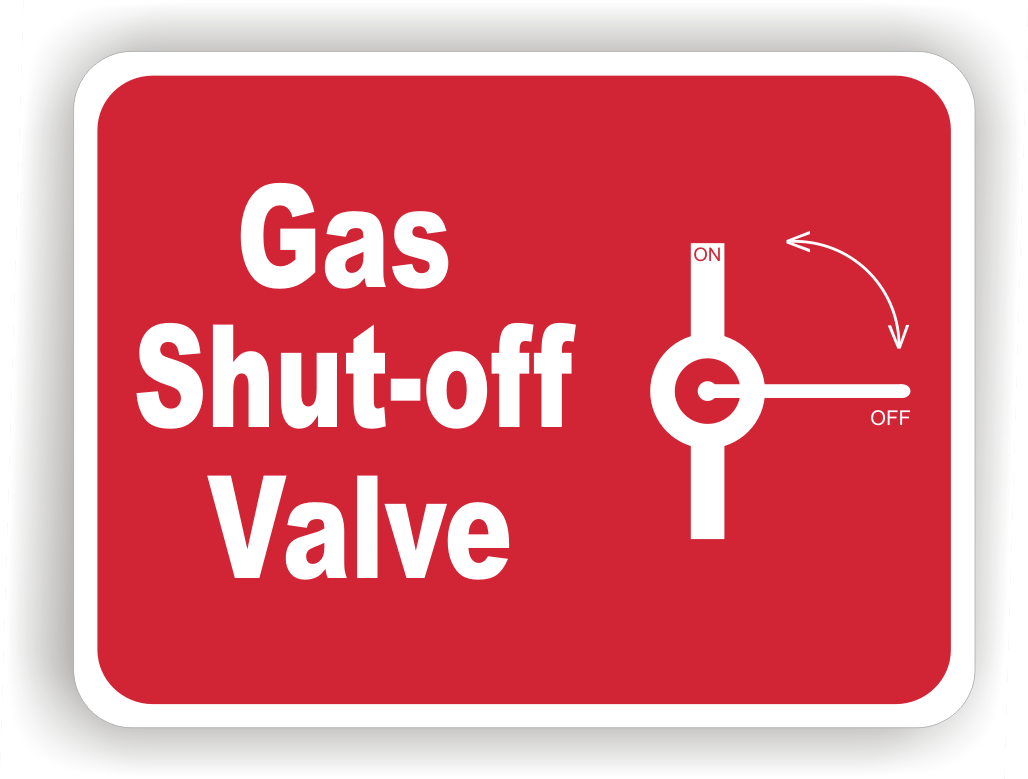

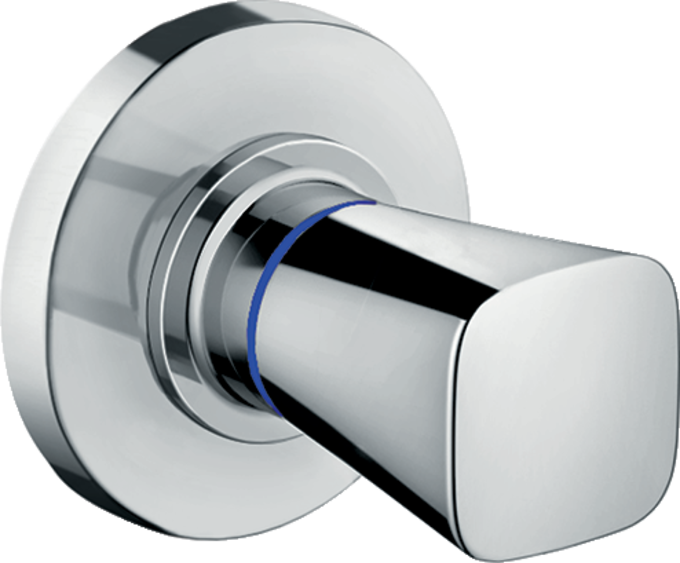
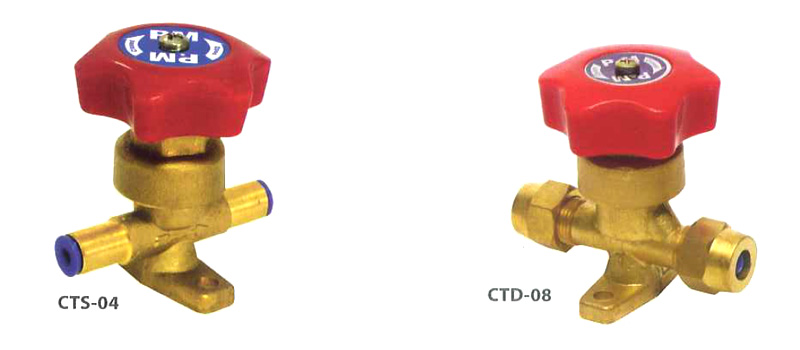


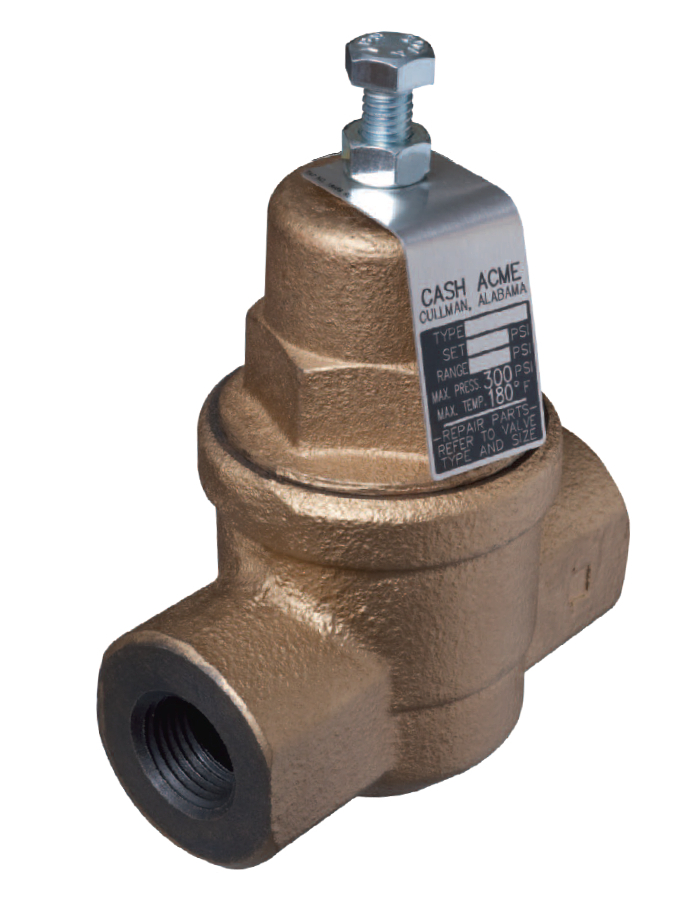
:max_bytes(150000):strip_icc()/the-men-s-hand-opens-the-ball-valve-on-the-collector-1006810456-5c5fc73fc9e77c000159c4af.jpg)







:max_bytes(150000):strip_icc()/testing-water-pressure-in-your-home-2718692-04-c37ab3236d0d4b61b87079ebf9ef823e.jpg)




